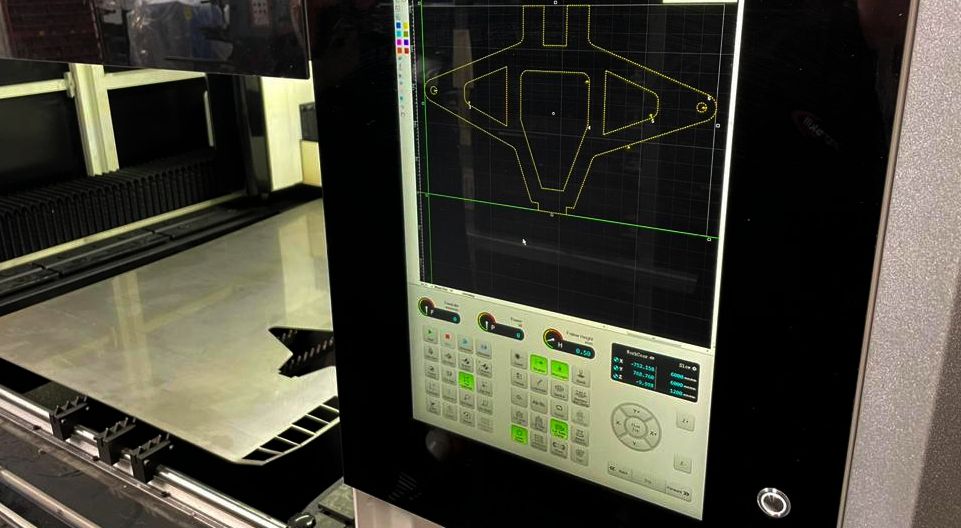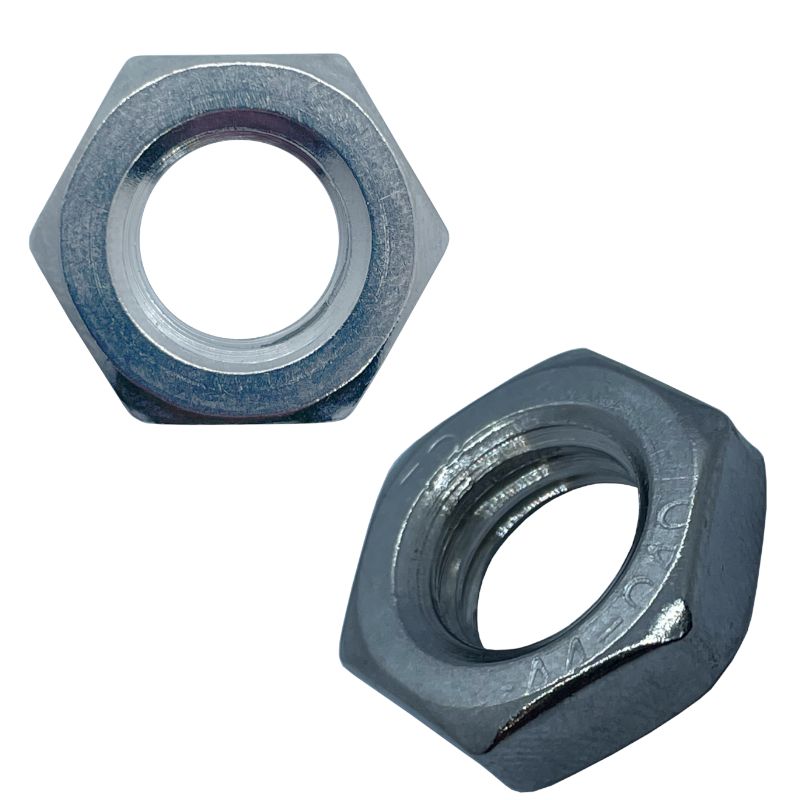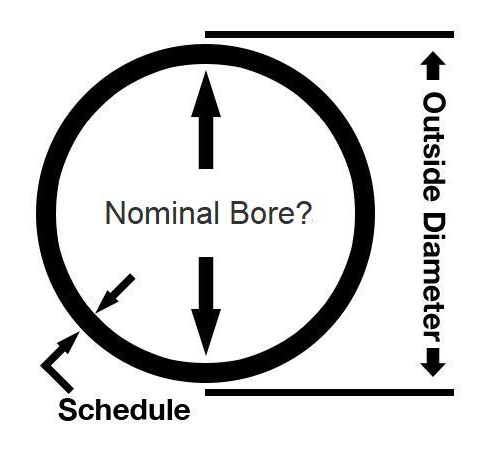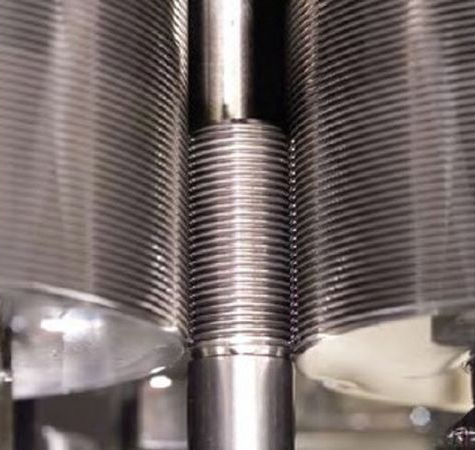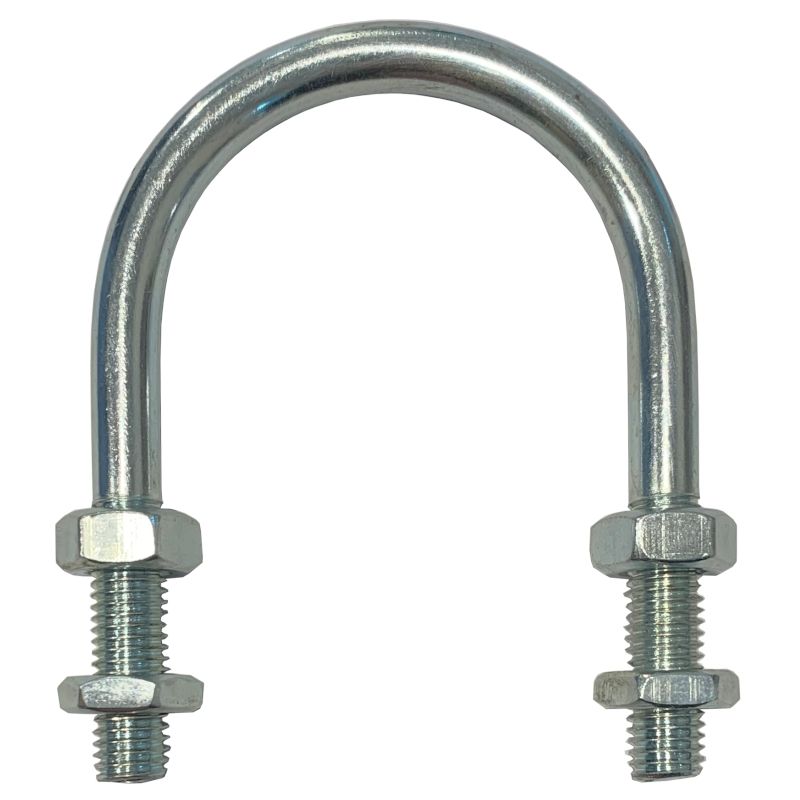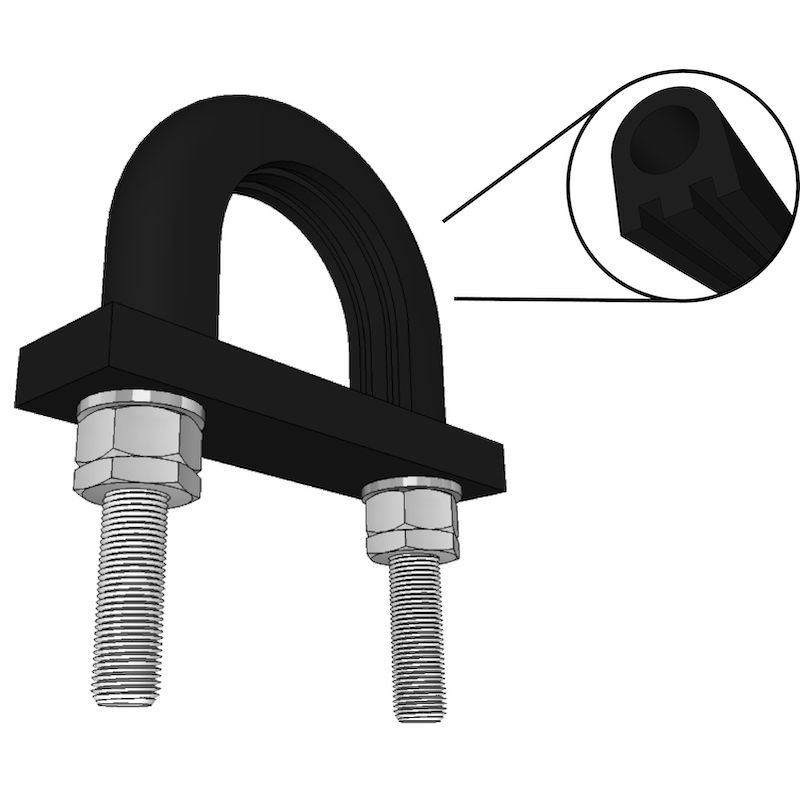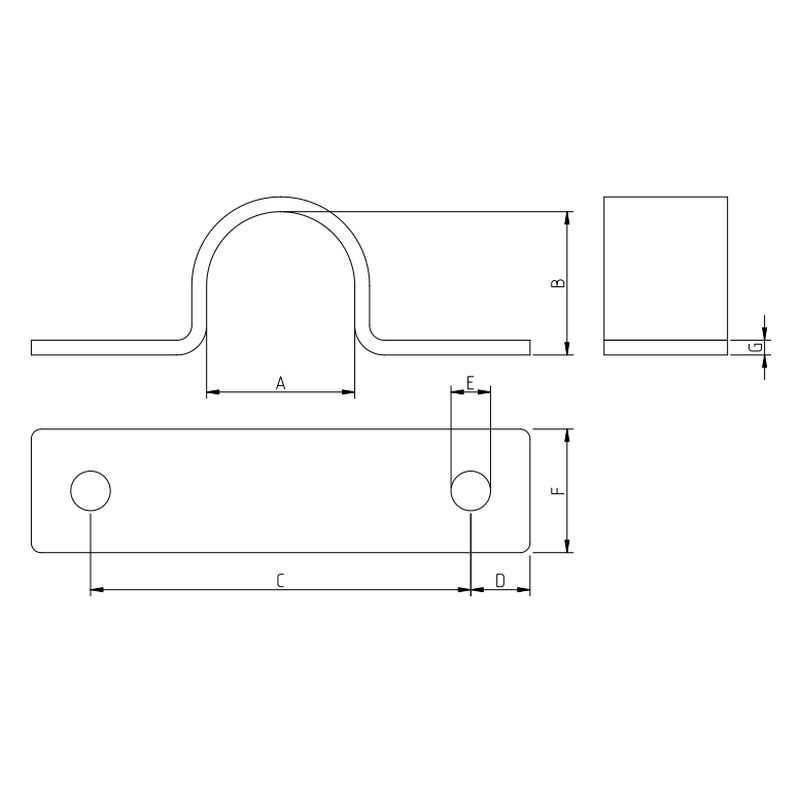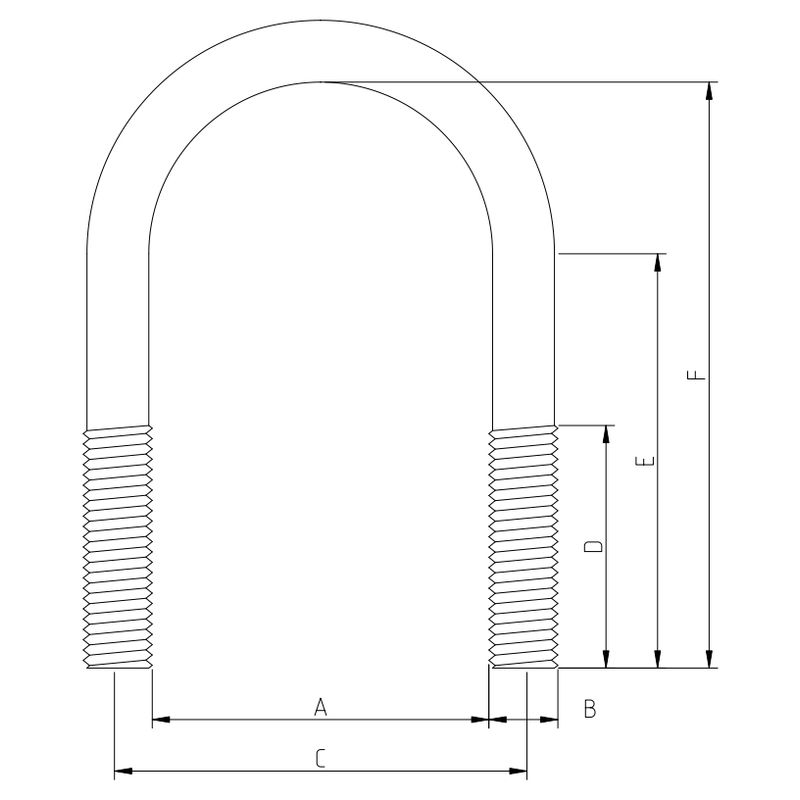Laser Cutting Graphskill have invested in a brand new...
Read MoreGraphskill Articles
Grades of Stainless Steel A2 & A4 in Relation to Fasteners
Grades of Stainless Steel A2 & A4 in Relation...
Read MorePipe Sizes, NB, DN and NPS – Are they all the same?
Pipe Sizes, NB, DN and NPS – Are they...
Read MoreWhen Should You Use Galvanised Steel or Zinc Plated Steel?
When Should You Use Galvanised Steel or Zinc Plated...
Read MoreAnti-Vibration Ubolts – Done the Graphskill Way
Anti-Vibration Ubolts – Done the Graphskill Way Traditionally, anti-vibration...
Read MoreGraphskill SUMS – Standard Universal Measuring System
Graphskill SUMS – Standard Universal Measuring System This method...
Read MoreBespoke & Custom Made Pipe Supports
Bespoke & Custom Made Pipe Supports Graphskill are always...
Read More
